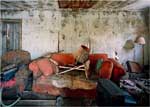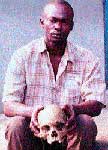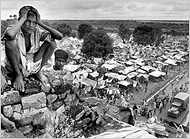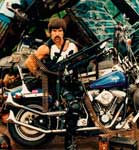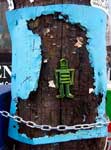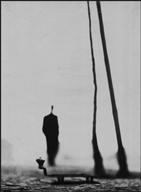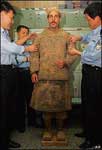NYT Magazine:
What happened next was the strangest encounter of Lemming’s 28-year career as a football scout. Michael Oher sat down at the table across from him. . .and refused to speak. “He shook my hand and then didn’t say a word,” Lemming recalled. (“His hands — they were huge!”) Lemming asked a few questions; Michael Oher just kept staring right through him. And soon enough Lemming decided further interaction was pointless. Michael Oher left, and he left behind blank forms and unanswered questions. Every other high-school football player in America was dying for Lemming to invite him to play in the U.S. Army All-American Bowl. Michael Oher had left his invitation on the table.
What never crossed Tom Lemming’s mind was that the player he would soon rank the No. 1 offensive lineman in the nation, and perhaps the finest left-tackle prospect since Orlando Pace, hadn’t the faintest notion of who Lemming was or why he was asking him all these questions. For that matter, he didn’t even think of himself as a football player. And he had never played left tackle in his life.
Here.



